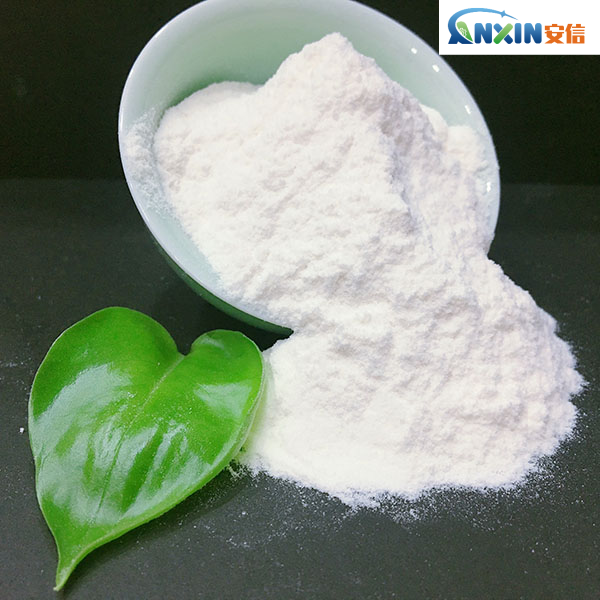Building glue layering problem – hydroxypropyl methyl cellulose
Introduction:
In the realm of construction and building materials, adhesive compounds play a pivotal role in holding structures together. Among these, hydroxypropyl methyl cellulose (HPMC) stands out as a versatile and widely used component in various adhesive formulations. Understanding its properties, applications, and the challenges associated with its use in building glue layering is crucial for achieving durable and resilient structures.
What is Hydroxypropyl Methyl Cellulose (HPMC)?
Hydroxypropyl methyl cellulose, commonly abbreviated as HPMC, is a semi-synthetic, water-soluble polymer derived from cellulose. It is manufactured through the chemical modification of cellulose, a naturally occurring polysaccharide found in the cell walls of plants. The modification involves the introduction of hydroxypropyl and methyl groups onto the cellulose backbone, resulting in a compound with unique properties suitable for various applications.
Properties and Characteristics of HPMC:
Water Solubility: One of the defining characteristics of HPMC is its excellent water solubility. When mixed with water, HPMC forms a clear, viscous solution, making it easy to incorporate into aqueous formulations such as adhesives.
Film-Forming Ability: HPMC has the capacity to form flexible and cohesive films upon drying. This property is particularly advantageous in adhesive applications, where a strong and uniform bond is desired.
Adhesion and Cohesion: HPMC exhibits both adhesive and cohesive properties, enabling it to adhere to various substrates while maintaining internal strength within the adhesive layer.
Rheological Control: HPMC serves as a rheology modifier in adhesive formulations, influencing viscosity, flow behavior, and thixotropy. This allows for precise control over application characteristics and ensures proper layering during construction.
Applications of HPMC in Building Glue Layering:
HPMC finds widespread use in the construction industry, particularly in the formulation of building adhesives for various purposes:
Tile Adhesives: HPMC is a key component in tile adhesives, where it acts as a binder, providing adhesion between tiles and substrates. Its film-forming properties contribute to the formation of a durable bond capable of withstanding mechanical stresses and environmental factors.
Cement Renders and Plasters: In cement renders and plasters, HPMC functions as a thickening agent and water retention aid. It enhances workability, improves adhesion to substrates, and prevents sagging or cracking during application and drying.
Joint Compounds and Sealants: HPMC-based joint compounds and sealants are used for filling gaps, cracks, and joints in construction materials. These formulations offer excellent adhesion, flexibility, and durability, ensuring long-lasting seals and finishes.
EIFS Adhesives: Exterior Insulation and Finishing Systems (EIFS) rely on HPMC-containing adhesives for bonding insulation boards to exterior walls. The adhesive layer must be applied evenly and uniformly to ensure proper insulation and weather resistance.
Challenges in Building Glue Layering with HPMC:
Despite its many benefits, the use of HPMC in building glue layering can present certain challenges:
Compatibility with Other Additives: Formulating adhesive compounds often involves the incorporation of various additives such as fillers, plasticizers, and dispersants. Achieving compatibility between HPMC and these additives is crucial to maintaining adhesive performance and consistency.
Drying Time and Cure Rate: The drying time and cure rate of HPMC-based adhesives depend on factors such as ambient temperature, humidity, and substrate porosity. Proper scheduling and control of these parameters are essential to prevent premature drying or inadequate curing, which can compromise bond strength.
Bond Strength and Durability: While HPMC imparts excellent adhesion and cohesion to adhesive formulations, achieving optimal bond strength and durability requires careful consideration of substrate properties, surface preparation, and application techniques. Inadequate bonding can lead to delamination, debonding, or failure under load.
Environmental Considerations: HPMC-based adhesives may be susceptible to degradation in harsh environmental conditions such as high humidity, temperature extremes, or exposure to UV radiation. Proper selection of HPMC grades and formulation additives can mitigate these effects and enhance long-term performance.
Hydroxypropyl methyl cellulose (HPMC) plays a crucial role in building glue layering, offering a balance of adhesive strength, flexibility, and workability in construction applications. By understanding the properties and challenges associated with HPMC-based adhesives, builders and manufacturers can optimize formulations, enhance bond performance, and ensure the longevity of constructed structures. With continued research and innovation, HPMC remains a valuable asset in the arsenal of construction materials, contributing to the realization of durable and resilient built environments.
Post time: Apr-09-2024
